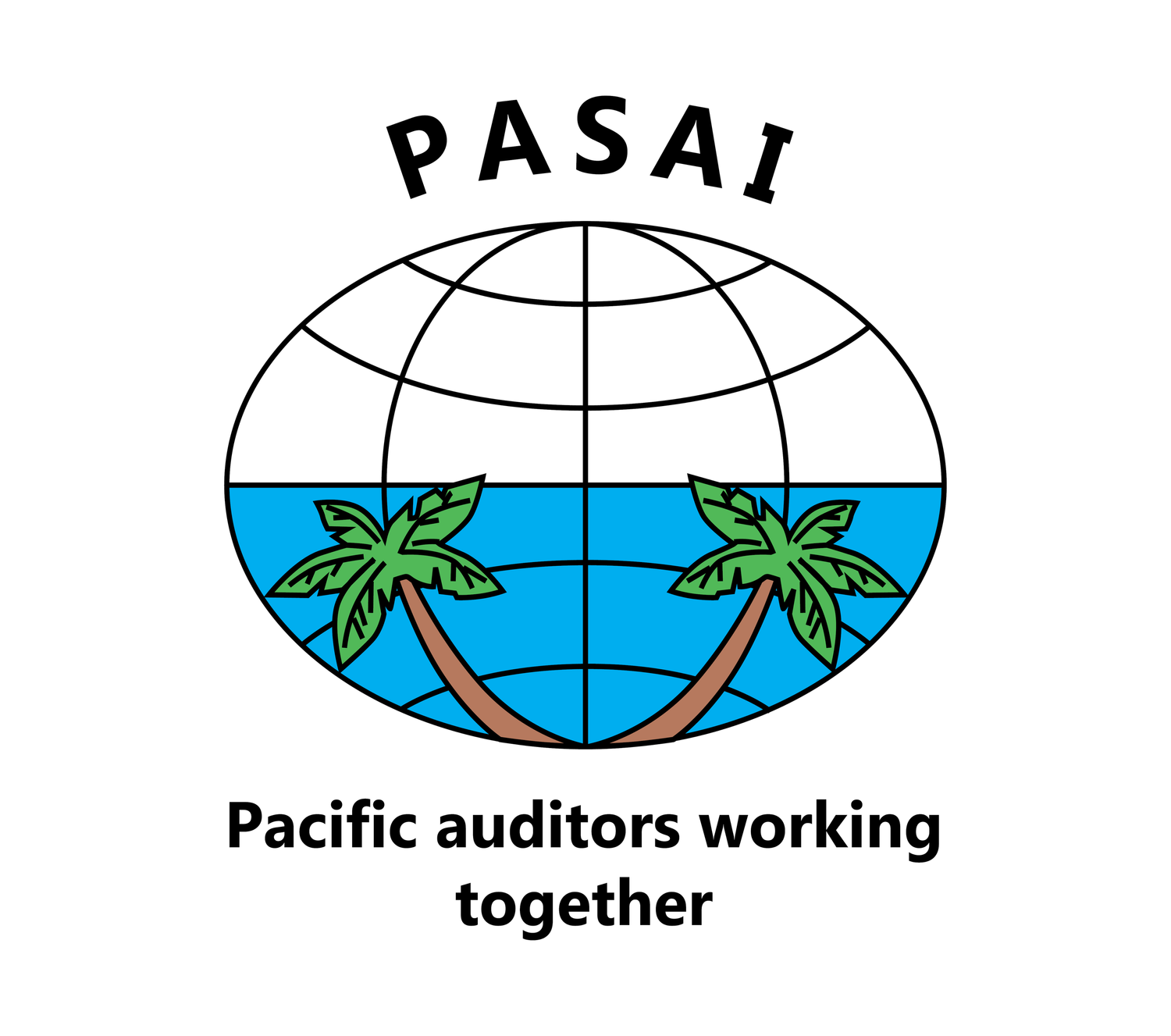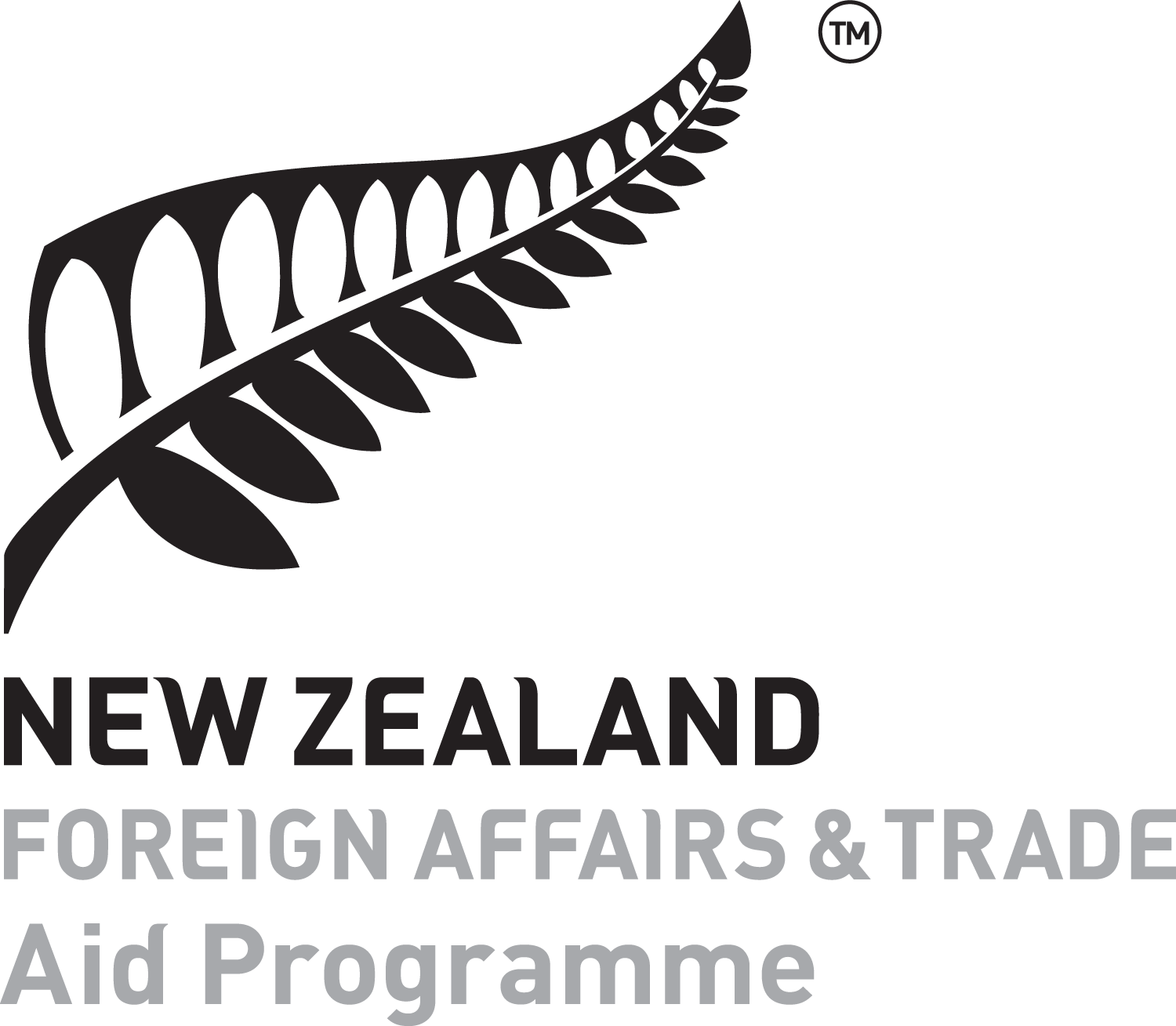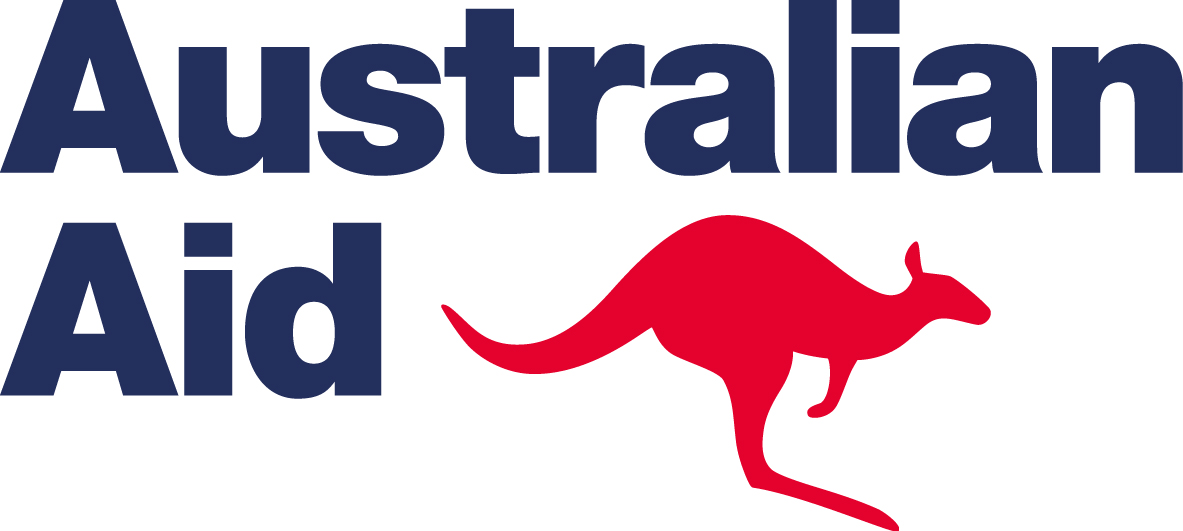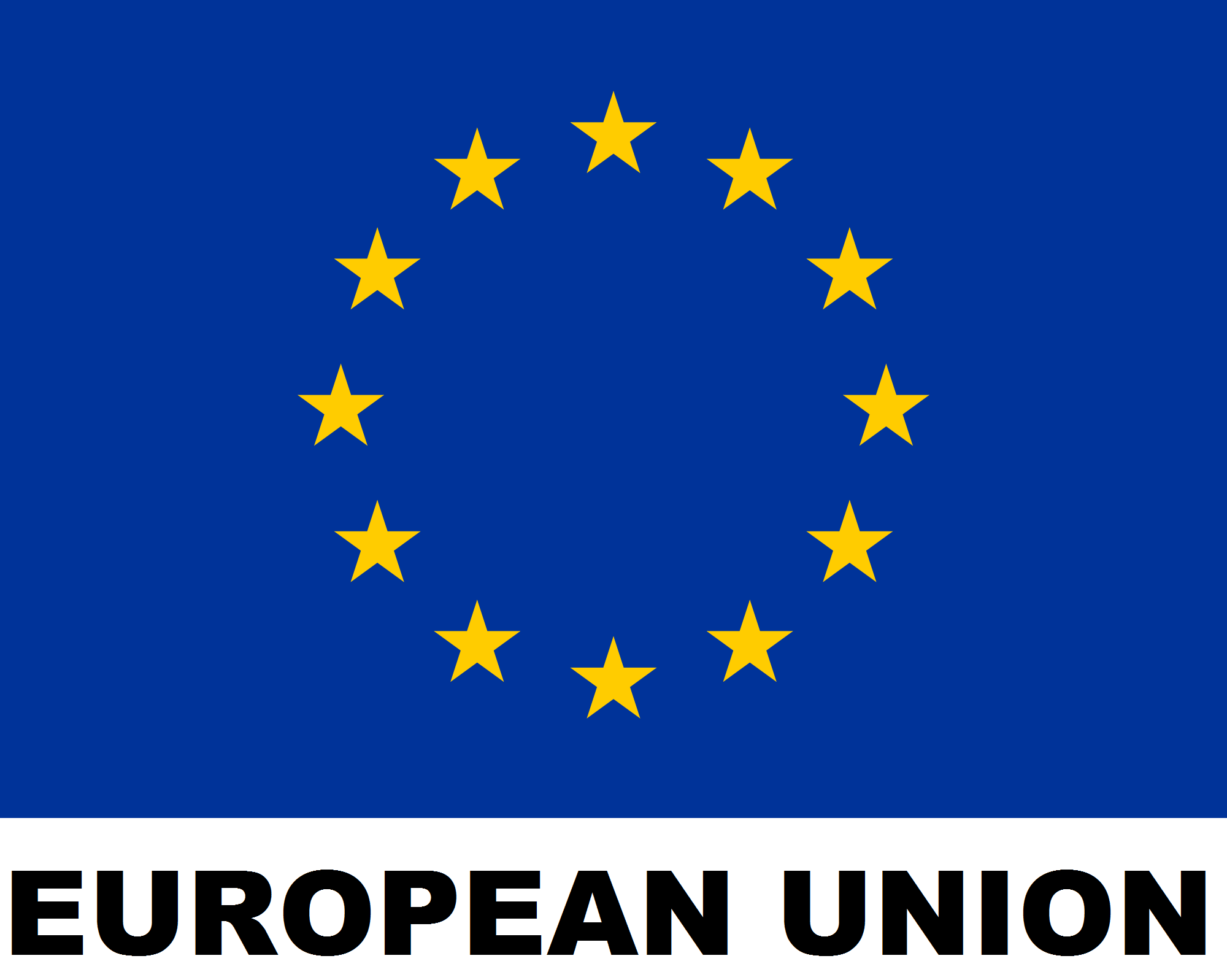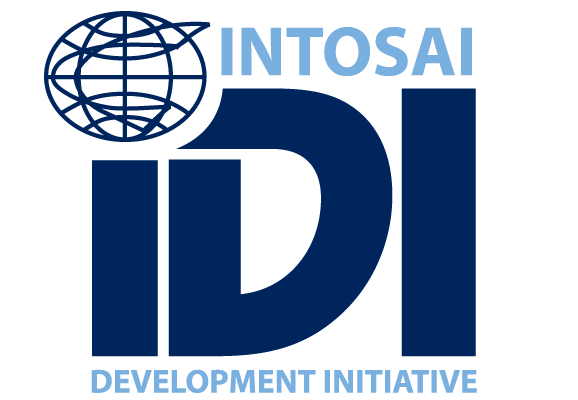By Sarah Markley, Deputy Secretary-General; and Nicole Ayo von Thun, Senior Advisor, International Engagement, Office of the Auditor-General in New Zealand
Following on from our last blog on Gender Equality and Inclusion: A Strategic Priority for SAIs this blog post provides public auditors with high-level guidance and best practice recommendations on how to conduct performance audits on gender equality policies and programmes.
Pacific region SAIs can examine gender equality through a performance audit to determine the degree of government compliance with national and international commitments to gender equality, including the implementation of national legislation, policy, and action plans. This approach enables auditors to identify and examine the gender-specific impacts of government programmes. As with any audit, auditors are able to make recommendations that lead to improvements in the design, implementation, and outcomes of government policy and programmes, which contribute to better gender equality outcomes. The resulting published audit reports on gender quality help to raise awareness within and outside of Pacific regional governments of gender equality issues and their impact on the lives of citizens.
The following four steps will give you a number of key considerations and best practice recommendations to help your SAI bring a gender focus to your performance audits:
Step 1: Audit topic selection and definition
The first step in the performance audit process is to select and define a topic. While planning processes and criteria used to select and define audit topics vary widely across the Pacific region, identifying gender equality as a strategic focus can be done as part of a SAIs long-term or strategic planning process. If gender equality has been confirmed as a strategic focus it enables this lens to be considered when selecting and defining each audit topic. You can do this by:
Assessing individual organisations and programmes as well as government-wide initiatives to determine whether gender equality is a relevant and significant issue in their context.
Selecting an organisation that is well-suited for a gender equality audit, by looking at whether the audit scope may include a gender-based assessment of policy and programme objectives by focusing on the impact to clients and beneficiaries. Or alternatively the audit could focus on the programme structure and related internal processes.
Assessing the level of emphasis placed on gender equality in an organisation or programme of interest.
If your SAI has identified gender equality as a strategic theme to be examined in its long-term or strategic planning process, you could consider auditing the compliance of government agencies with legislation or policy directives on gender equality, such as gender representation in the workforces. Another alternative is to look into programmes that aim to enhance gender equality in specific sectors, such as issues related to primary and secondary education including girls’ enrolment and completion rates.
Step 2: Planning
Once the audit topic has been selected and defined, your SAI can begin the detailed planning of the audit. A crucial decision during the planning stage is determining whether gender equality issues should be included in the scope of an audit. Auditors may consider the following gender equality matters that SAI auditors may consider during the audit planning phase, such as:
Evaluate the information collected in the knowledge acquisition or scoping phase from a gender equality perspective.
Consider whether audit team members possess sufficient knowledge of gender equality to conduct the audit.
Consider whether the audit team will need the support of an expert to plan and conduct the audit.
Consider the types of findings likely to result from the audit, and ways to increase the impact of the audit report.
Examples of issues to focus on during the audit planning process include:
Programme activities with differential impacts on women and men.
Programme outcomes benefit men and women equally.
Women and men participate in programme implementation.
Programme design takes gender equality into account.
Gender-specific targeting is supported by clear rationale.
Women are remunerated on a different scale than men.
Women are not visible in management positions.
During the planning phase, it is useful for auditors to discuss with the auditee the significance of gender equality in relation to the programme being audited. This could include discussing management’s attempts to achieve gender equality and plans for future improvements in order to better understand gender issues from a management perspective.
Step 3: Examination
While audits of gender equality will include evidence collection and analysis techniques common to all performance audits, the selection of audit procedures will also require some special considerations. The audit team may need to build capability in the following data collection and analysis techniques, such as:
Gender-based analysis.
Benchmarking.
Surveys.
Statistical analysis.
Root cause analysis.
Step 4: Reporting
While the format and writing style for performance audits will be specific to your SAI, there are a number of techniques that can be used to increase the impact of audit reports. These apply in all cases including the audit of gender equality issues. Some key considerations include:
Managing the reporting risks by validating findings and assumptions with subject matter experts.
Clear messaging in audit reports and media communications is required to indicate if a higher degree of gender equality should be achieved with the same resources or whether improvements would require programme modifications.
Data visualisation techniques (tables, charts, and graphs) and explanatory text may be used to convey audit findings in a concise and impactful manner.
Rigorous quality control and peer review is applied to ensure evidence is robust and reporting standards are maintained.
If this blog post has sparked your interest in conducting a gender-focused performance audit, we recommend you refer to the Practice Guide on Auditing Gender Equality developed by the Canadian Audit and Accountability Foundation. In the Practice Guide you will find the complete audit methodology to sit along these key considerations and best practice guidelines. The full report can be found here: https://www.caaf-fcar.ca/images/pdfs/practice-guides/Practice-Guide-to-Auditing-Gender-Equality.pdf
What’s next?
Stay tuned to read more about the following topics forthcoming in our blog series:
Environmental audit.
Building resilience: managing productivity and staff wellbeing in a remote working environment.
Upskilling for the future: what capabilities do auditors need in an era of AI and digitisation?
We welcome your feedback and look forward to hearing about other priority topic areas of interest. Please email: secretariat@pasai.org
------------------------------------------------------------------------------------------------------------------------------------
The Pacific Association of Supreme Audit Institutions (PASAI) is the official association of supreme audit institutions (SAIs) in the Pacific region, and a regional organisation of INTOSAI and promotes transparent, accountable, effective and efficient use of public sector resources in the Pacific. It contributes to that goal by helping its member SAIs improve the quality of public sector auditing in the Pacific to recognised high standards. Due to the global coronavirus pandemic (COVID19), this has restricted PASAI’s delivery of our programs to our Pacific members and in lieu of this PASAI will be providing a series of blogs on various topics that may help auditors think about some implications to service delivery as a result of COVID19.
For more information about PASAI refer www.pasai.org

